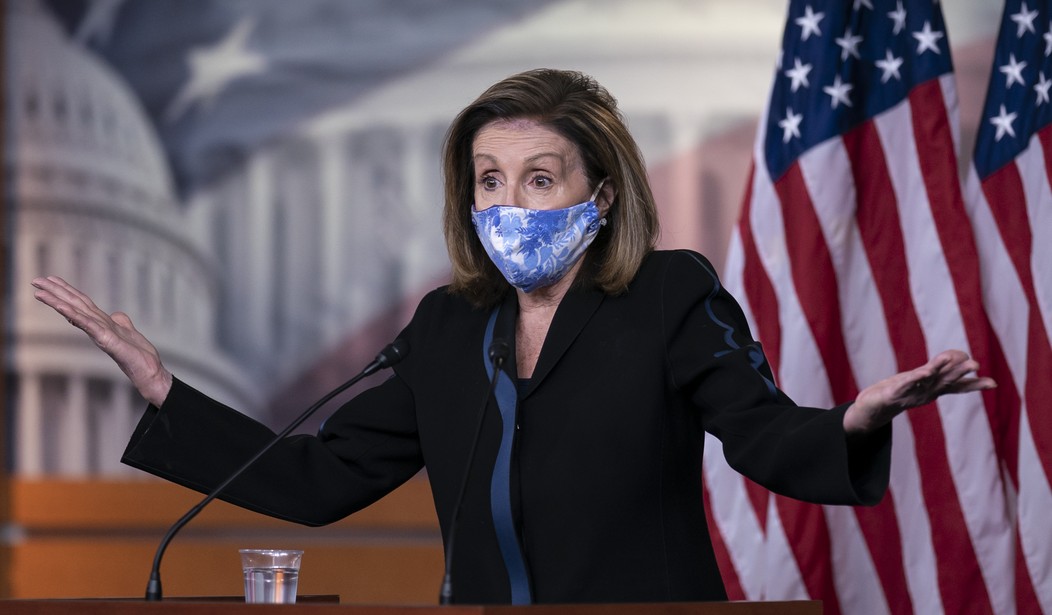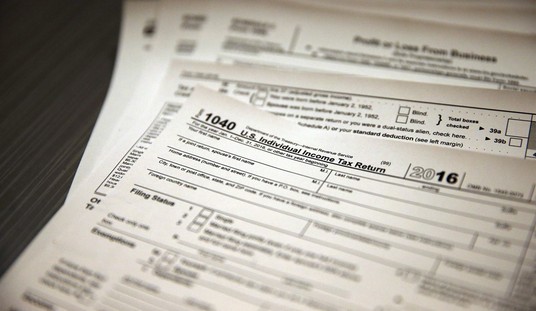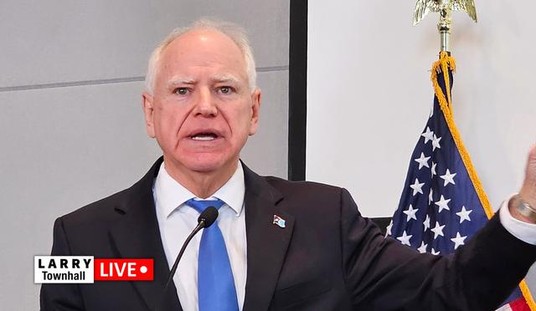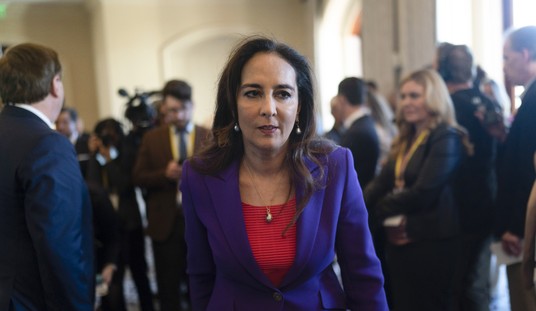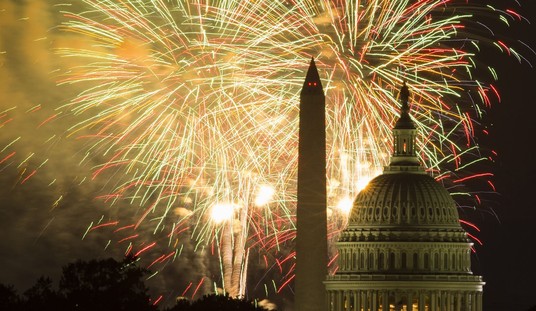The United States’ Founding Fathers were far wiser than their limited years. Thomas Jefferson was only 33 when he quilled the Declaration of Independence. Alexander Hamilton and Nathan Hale were but 21, John Marshall 20. Even founding flag-maker Betsy Ross was only 24.
Too young to hold elective office in the nation they were designing, these brave men and a couple of women still held an innate suspicion of political parties. They feared such professional groupings would come to have more dedication to their own political interests than the country’s common good. If you can ever imagine such a thing.
We got parties anyway. By the 1850s, with few short-lived exceptions in future generations, America’s politics were settling into the two national association models we know today. Jacksonian Democrats, staunch supporters on the losing side of slavery, would split in two, paving the way for the 1860 election of this little-known Abraham Lincoln fellow.
Lincoln would be the first president from the six-year-old Republican Party, that staunchly anti-slavery grouping that would go on in succeeding generations to produce 19 of the next 30 presidents. Lincoln was also the first — and so far, the last — president to create a successful, bipartisan presidential ticket with Democrat Andrew Johnson, in an 1864 bid for national unity as the Civil War wound down.
These Republicans and Democrats have become two of history’s longest-lived political parties by sharing one common dominant trait, the ability or proclivity like snakes to regularly shed their ideological skins to match the changing needs and desires of voters. Nineteenth-century politicians would easily recognize today’s partisan media, but not their own parties.
At this moment as a puzzled and polarized nation, we’re witnessing both parties coincidentally struggling to inhabit their new skins. It’s a tedious, tenuous, and even tumultuous process. Eventually, this pained process will produce updated models of parties to vie for the ballots of inattentive voters, more than 40 percent of whom do not bother to participate. How’s that for optimism?
Or we can just keep hoping this is how it works out, as it has in the past.
American voters last fall collectively, but narrowly, opted for one-party government control in Washington. The idea being, Let’s settle down and get some serious stuff done there for once. This happens once in a while. In 2008, for example, along with Barack Obama’s election.
Something happens in or to the minds of pols handed full control of the legislative and executive branches. They go too far. My Grandmother Bowles would say, “They get too big for their britches.”
Remember Nancy Pelosi saying the House would have to pass the ObamaCare bill before anyone could read it. Also, there was the $831 billion stimulus measure that VP Joe Biden vowed would produce hundreds of thousands of “shovel-ready jobs.” It didn’t.
Then came voters’ response in the 2010 midterms. Republicans gained seven Senate seats and 63 House seats, the largest turnaround in a half-century. Catastrophically, under the Obama-Biden administration Democrats lost nearly 1,000 state and local seats that cycle, giving the GOP timely dominance of legislatures and governors’ chairs to shape the 2010 redistricting. Ten years later, they still haven’t fully recovered.
The Republican Party responded with the Tea Party movement, a fractious faction of vocal newcomers whose strident new energies helped drive the party back toward its more frugal, fiscal roots.
What was the Democratic Party’s response to such a spanking? Not much. It stuck with the same aging congressional leaders. Obama won reelection in 2012, but in an unusual occurrence, he received nearly four million fewer popular votes and ten percent fewer Electoral Votes than his first election.
By contrast, even in losing his reelection bid last fall, Donald Trump captured the most popular votes of any Republican candidate ever, over 11 million more than in his stunning, upset 2016 win.
But even narrowly losing a Senate majority, Republicans actually gained House seats to threaten Pelosi’s majority, 222-213. Democrats’ response to that disappointing showing was not to take stock but to stick with the same leadership team, all in their 80’s.
Perhaps with an eye on the historical losses in a president’s first midterm elections next year, House Democrats have hastily launched an ambitious and dangerous progressive spending agenda as Obama also did. On Friday, they forced Joe Biden to change his mind on limiting immigration.
But without a Depression and the overwhelming congressional control that, for example, Democrat Franklin Roosevelt enjoyed in the 1930s to drive his legislative priorities, contemporary Democrats risk a backlash next year.
Republicans have their own problems. The sting of losing one presidential election, as they did last fall and, for example, in the 1964 crushing of Barry Goldwater, need not be long-lasting. The GOP bounced back in 1968 to claim eight straight years of White House control.
The difference this time is the looming leftover presence of Trump. He remains, by far, the most popular Republican, for now at least. His presence and implied repeat candidacy have, at least, temporarily frozen the ambitions of putative Republican replacements. Results of the 2022 midterm elections could confirm Trump’s prolonged political potency for 2024. Or dim it.
Only one incumbent president (Democrat Grover Cleveland) has ever sat out four years after a reelection defeat and then won again (1892).
Trump remains a broadly divisive figure beyond his loyal GOP base. And his constant complaints of widespread voter fraud, dismissed by courts, plus bitter kibitzing of remaining Republican leaders like Mitch McConnell, who’ve not attacked him since November, is like picking the scab of defeat over and over. They also serve only to remind others of the often petty and tedious tumults during his White House tenure, tumult that prompted some 81 million-plus voters to choose the less-than-dynamic, mumble-mouthed Joe Biden as the oldest president ever.
Despite Trump’s chronically low job approval, Biden won by a relatively close 4.4 points. This confirms a modern historical trend of close White House contests. No 10-point landslides since Ronald Reagan’s 18.2-point win in 1984.
Trump and Biden also confirm the inexplicable, developing tendency of American voters to prefer old-timers as commander-in-chief. In 2024, Trump would be 78, Biden 81. That’s more than twice the life expectancy in the time of the Founding Fathers—and they were forging a new nation, not presiding over an old one.

